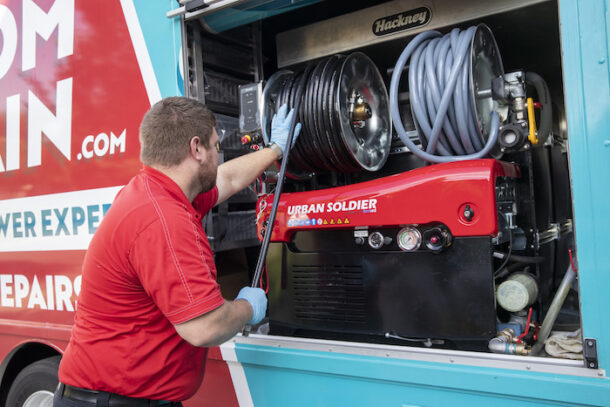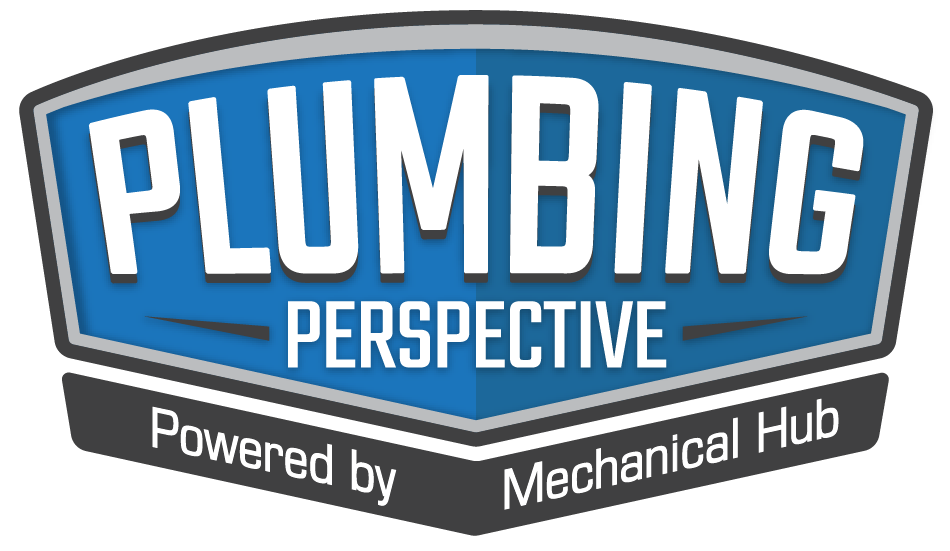For many homeowners, when it comes to home maintenance, there is nothing glamorous about drainage systems and sewer lines. However, they are an important aspect that keeps a property in excellent shape. With time, these systems usually collect different types of junk, such as leaves, soap scum, grease, and others. Left unchecked, it can cause unpleasant odors, slow drains, or blockage. However, with pressure washing and the right tools, you can quickly keep your drainage systems and sewer lines clean and functional.

Why pressure washing
Pressure washing isn’t just for cleaning your patios or driveways. It is an excellent method for cleaning drains and sewer lines because it utilizes high-pressure water to remove stubborn debris and grime. Unlike chemical cleaners or snaking, pressure washing can wash the inner pipes clean and restore their full capacity. Additionally, it is also eco-friendly when used with biodegradable detergents or plain water.
What do you need?
Before embarking on the pressure washing cleaning process, these tools are the essentials that you will need:
- A pressure washer of at least 3,000 PSI with a flow rate of 4 gallons per minute.
- Sewer jetting attachment is a unique tool that is made to clean sewer lines and pipes.
- Protective gear such as waterproof boots, safety goggles, and gloves are crucial. You do not want any surprises.
- Access to a drain opening or sewer line cleanout port.
Tips to succeed
To ensure the cleaning process is a success, the following are some tips to help guide you.
- Fragile or older pipes might not be capable of withstanding high-pressure washing. You must proceed with caution to avoid damages or consult with a professional
- Use the right nozzle. Sewer jetting nozzles usually come in different configurations and sizes. For a better result, ensure you choose one that matches the diameter of your pipes.
- When dealing with grease buildup, it is best to opt for a biodegradable degreaser before pressure washing. This can help you break down the residue.
- Always perform regular maintenance. You should not wait for a clog to occur. Periodic pressure washing ensures your drains and sewer lines are in top shape and saves you costly repairs.
Mistakes to avoid
- Always inspect the areas and remove loose debris before pressure washing. You might risk pushing the mess further into the system if you don’t do so.
- High-pressure washing is quite powerful and can damage pipes when used excessively. Stick to moderate settings unless absolutely required.
- Sewer lines can harbor bacteria, and high-pressure water can cause injuries when mishandled.
Calling the professionals
Though pressure washing is effective for minor blockages and regular maintenance, there are instances when a professional touch is needed. When dealing with tree root inclusion, recurring clogs, or complete sewer line backup, it is crucial you call a licensed plumber with specialized equipment.
Endnote
Cleaning your drainage systems and sewer lines is an essential chore and with a pressure washer and the right approach, you can handle buildup and clogs. Remember to keep these tips in mind when embarking on a pressure washing cleaning process.




Join the conversation: